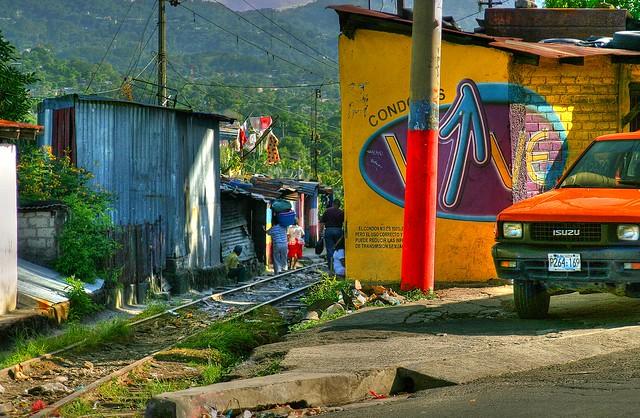Introduction
El Salvador is a nation rich in culture and resilience, yet it continues to grapple with devastating levels of poverty. Despite its vibrant history, a significant portion of the population lives in dire economic conditions. This article delves into the issues of poverty, the factors contributing to it, and potential solutions. Many families struggle to meet basic needs, highlighting the urgency of addressing this systemic problem.
Understanding the Depth of Poverty
According to recent statistics, over 25% of the population lives below the national poverty line. This startling figure reflects the harsh reality faced by many Salvadorans. Various factors, including economic instability and lack of access to education, contribute to the perpetuation of poverty. Many young people are unable to pursue higher education, thereby limiting their career opportunities.
The Economic Landscape
The economic conditions in El Salvador are influenced by a variety of elements, including natural disasters and global economic trends. Frequent earthquakes and hurricanes have devastated infrastructure and livelihoods, pushing families further into poverty. Furthermore, the reliance on remittances from abroad highlights issues of job security domestically. As a result, many communities are left vulnerable to economic fluctuations.
Social Impact of Poverty
Poverty in El Salvador does not only affect material wealth; it also has profound social implications. High levels of poverty are often correlated with increased crime rates and social unrest. Desperation can lead to actions that further harm communities, creating a cycle that is hard to break. Community programs and support systems are vital in mitigating these challenges and fostering a sense of security.
Efforts to Combat Poverty
Organizations both local and international have made strides in fighting poverty in El Salvador. Programs focused on education, healthcare, and economic development are essential in creating a sustainable future. The Borgen Project is one such organization, advocating for policy changes and support for poverty alleviation efforts. Collaborative initiatives can empower communities and reduce dependence on external aid.
Conclusion
Addressing poverty in El Salvador requires a multifaceted approach involving government, NGOs, and the community. While challenges persist, there is hope through increased awareness and targeted actions. Only by working together can meaningful progress be made in uprooting the causes of poverty. El Salvador deserves a future where every individual can thrive, unburdened by the chains of poverty.

